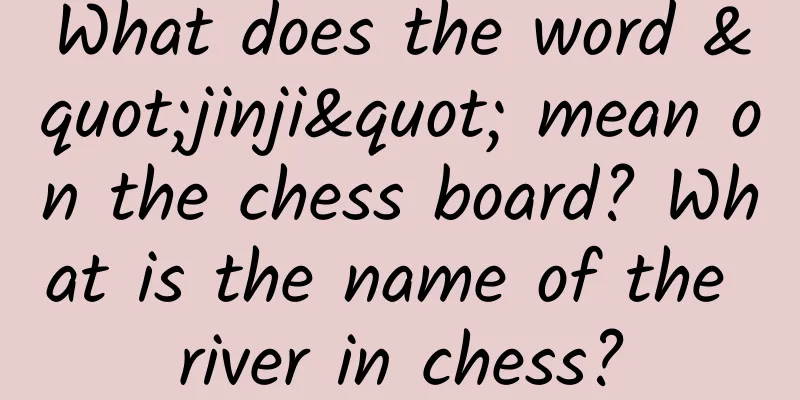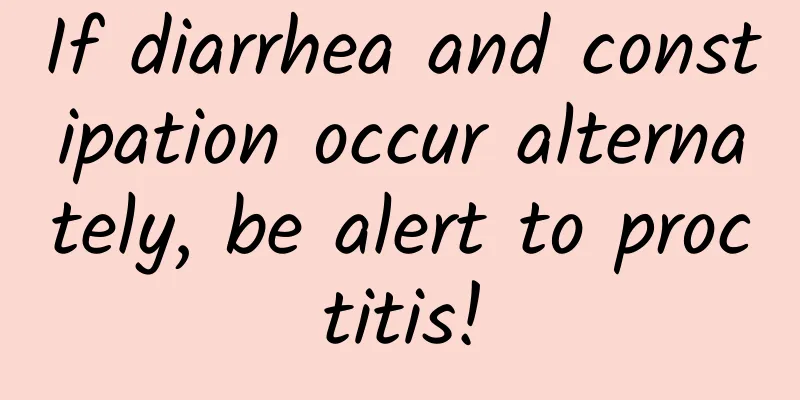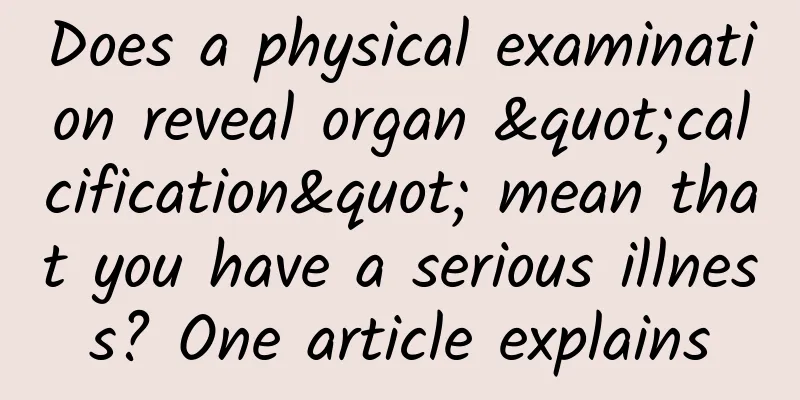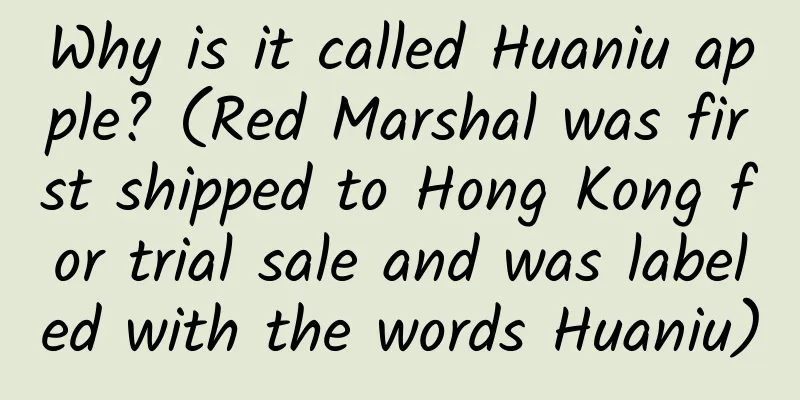What does the word "jinji" mean on the chess board? What is the name of the river in chess?

|
In Chinese chess, as the saying goes, the horse moves in a square, and the elephant moves in a field. The elephant can only move in the field, which means that the field is regarded as a square. What does the word "jinji" on the chessboard mean? Can the cannon in chess move freely? What is the name of the river in chess? The following content is shared for you. Contents of this article 1. What does the word "jinji" on the chess board mean? 2. What is the name of the river in chess? 3. Can the cannon in chess move freely? 4. What is a poor elephant in chess? 1What does the number of advances on the chess board mean?The nine vertical lines from right to left on the red chessboard are recorded as 1 to 9. The vertical lines from right to left on the black chessboard are recorded as 1 to 9. The red chessboard's first line is the black chessboard's 9th line moving in a straight line, and the advance and retreat are counted by the number of squares. For example, if the red chessboard's first line moves forward one step, it is recorded as one forward, and the draw is recorded from which line to which line. If the red chessboard's second line's cannon is drawn to the fifth line, it is recorded as two cannons and five. For chess pieces moving diagonally, they can only move forward and backward, not horizontally. Move forward and backward is recorded by moving from one road to another. For example, if a horse on road two jumps forward to road three, it means horse two moves forward three. If there are two identical chess pieces on a road, they are distinguished by front and back without specifying which road they are on. For example, if there are two of our rooks on road two, moving the front rook one step forward means the front rook moves forward one step. 2What is the name of the river in chess?1. It is called: the boundary between Chu and Han. 2. The Border between Chu and Han is a historical allusion. During the Chu-Han contention period in the late Qin Dynasty, in the summer of 205 BC, Xiang Yu defeated the Han army in Pengcheng. Liu Bang retreated to Xingyang, an important town on the south bank of the Yellow River. The Chu army pursued the victory and attacked each other in the Xingyang area for two years. 3. The chessboard is made up of nine straight lines and ten horizontal lines. There are ninety intersections on the chessboard, and the chess pieces are placed and moved at these intersections. The place in the middle of the chessboard where there is no straight line is called "Chu River and Han Boundary"; the place where there are cross lines is called "Nine Palaces". 3Can the cannon in chess move randomly?1. The cannon in chess can move in a straight line, either vertically or horizontally. As long as there is no chess piece blocking the middle of the straight line, there is no limit to the number of squares it can move. 2. A cannon must have a gun mount to capture a piece. For example, if there is a cannon on the left side of a straight line and the opponent's piece is on the right side, there must be a piece in the middle of the straight line as a gun mount in order for the cannon to capture the opponent. If there is no piece in the middle to serve as a gun mount, the cannon cannot be captured. The gun mount can be either your own piece or the opponent's piece. 3. When there is a gun mount, the cannon can only capture the first chess piece behind the gun mount. 4How to define the elephant in chess as a clumsyWhen the elephant moves in a field shape, if there are other flags at the center point of the field shape it passes through, it will be the elephant's eye. In Chinese chess, as the saying goes, the horse moves in the sun and the elephant moves in the field. The elephant can only move in the field, which means that the field is regarded as a square. When moving, the elephant can move from one diagonal to another. However, one thing that should be noted is that if there are other chess pieces at the intersection of two adjacent sides of the field, the elephant cannot be moved to the intersection of the opposite sides. This situation is also called "bad elephant legs", which means lame. Moreover, the elephant cannot cross the river. The river here refers to the Chu River and the border between Han. |
<<: Why are chess software so powerful? How long is the average chess piece?
Recommend
The bilateral fallopian tubes were not visualized
Women usually undergo certain examinations before...
What are common gynecological diseases?
In modern society, women’s work is no longer just...
What are the types of scented teas? Which scented tea tastes better?
Scented tea is a common type of tea in life. It i...
How painful is childbirth?
Before giving birth, mothers will feel obvious la...
Does your child's eyes look fine? Many eye diseases are invisible.
"My child's eyes are fine, why should I ...
Do you always sigh at work? Congratulations, you have mastered a new way to relieve stress
"well!!!" I don't know since when, ...
Paidai.com: E-commerce Weibo Index
1. Weibo Index Release and Brief Summary The orig...
The beautiful temptation hidden in your home, don't bring it into your bedroom...
A few gorgeous flowers are dotted in her fluffy h...
Why do I always have leucorrhea?
Leucorrhea is a common secretion in the female bo...
Will you lose weight after a miscarriage?
It is said that pregnancy is the happiest time in...
Can mothers eat frozen persimmons during breastfeeding?
There are certain regulations on women's diet...
Can intrauterine adhesions be cured by taking Chinese medicine?
Intrauterine adhesions are a major manifestation ...
Reasons for delayed and early menstruation
Women's menstruation is not always on time, b...
Why is it difficult for women to breathe?
We often feel weak and powerless for unknown reas...









